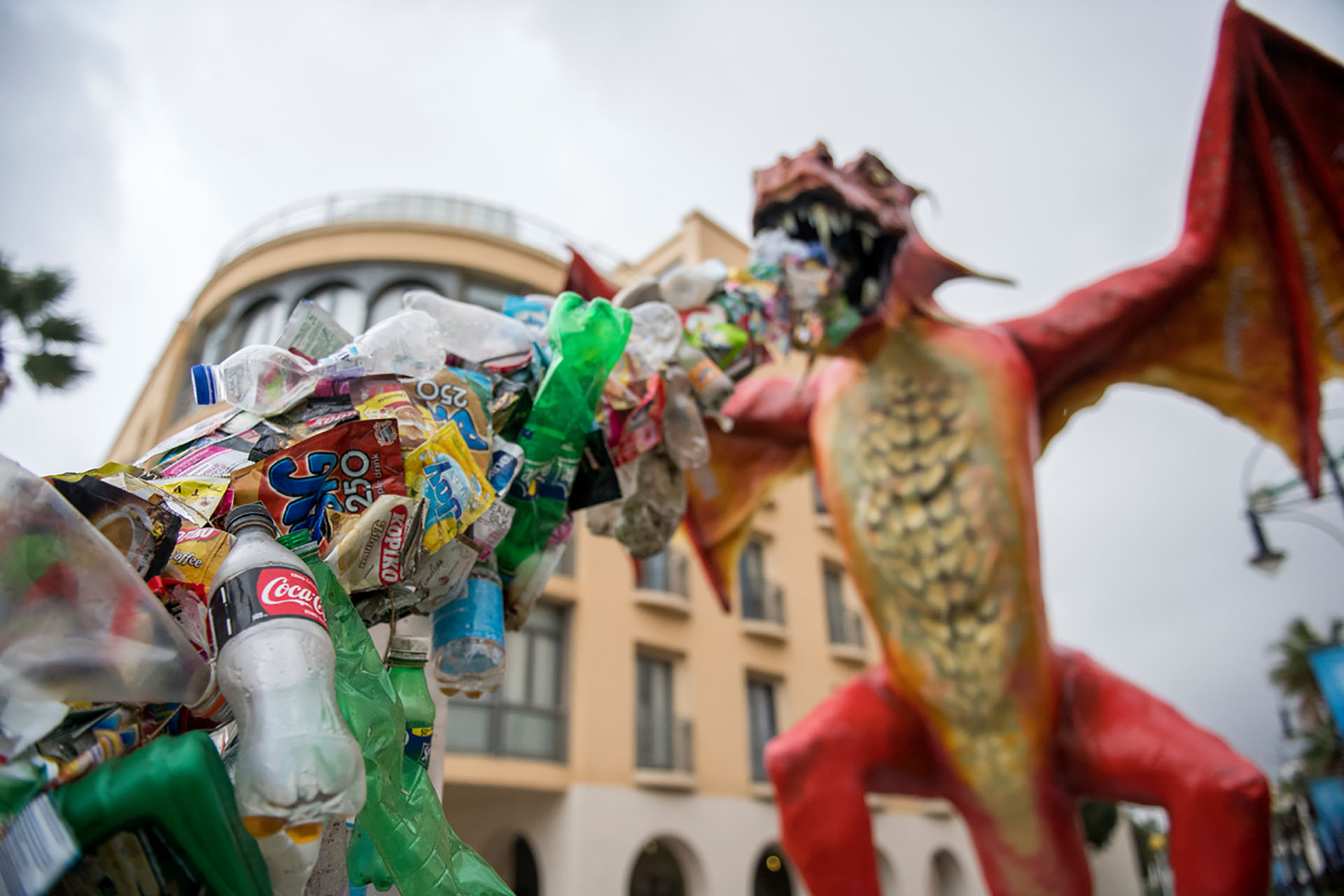Real Envıronmentalısts Get Hıt
We all know that plastics are a part of our daily lives. From air cushions to safety belts that help protect the lives of our loved ones, and zipper bags to help keep our children’s food fresh, there are plastics in every corner of our lives. However, despite the speculation that some groups have continued for years, plastics can surprise people.
Here are some important facts about plastics and the environment that you will be surprised to learn.
Plastics help us to significantly reduce the environmental impact every day. According to a new study; By reducing material use, energy use, waste and carbon emissions, it contributes to increasing working groups that plastics help us reduce our environmental footprint. This recent study reveals that the environmental cost of using plastics in consumer products and packaging is about four times less than the cost of using other materials. The study says that replacing plastics with alternatives that perform the same function will increase environmental costs from $ 139 billion to $ 533 billion a year. Why do plastics give lower cost results? Because plastics help us do more with less material.
For example: Plastic packaging helps to significantly reduce packaging waste and food waste. We all want to do more with less. Strong, lightweight plastics enable our packaging to do more at less cost. Many life-cycle studies have found that plastic packaging generates significantly less waste than alternatives and requires less energy in production. By prolonging the shelf life of healthy and nutritious foods, a little plastic packaging prevents food waste and a huge environmental problem.
Plastics account for 50% of today’s cars, which significantly increases fuel efficiency. Lighter cars = less fuel consumption. To help our environment by improving fuel efficiency, automobile manufacturers are increasingly playing a role in strong yet lightweight plastics, including carbon fiber reinforced plastics. Automobile experts, modern cars, although 50 percent by volume of plastic, consists of 10 percent by weight. Did you know that a 10 percent reduction in vehicle weight can improve fuel efficiency by 6 percent to 8 percent over the life of today’s cars? These lightweight plastics already play a complementary role in many auto safety features; seat belts, airbags, interior cushioning, crush zones, bumpers, safety glass and so on.
Plastic building and insulation products save a tremendous amount of energy. Approximately 40 percent of America’s energy is used for heating, cooling and strengthening our homes and buildings. From foam insulation to leakage / sealing materials and PEX pipes, plastic construction products help homeowners save enormous energy consumption. A life cycle study found that the use of plastic building materials saved 467.2 trillion BTUs (British Thermal Unit) per year compared to alternatives. This is enough energy to meet the annual average energy need of 4.6 million US households. The small amount of energy contained in plastics saves a large amount of energy over time.
We recycle more plastics. The recycling of plastics has increased dramatically since it began to be measured in the 1990s, and today we have access to recycling programs for an increasing number of plastics, including bottles, caps, containers and bags / packages. According to the US Environmental Protection Agency, Americans recycled more than 6 billion pounds of plastic in 2015 (when they last calculated it). And we expect further plastic recycling in the coming years.
There are more than 20,000 locations in the US for recycling plastic bags and packaging. Plastic bags and packaging can be disposed of in recycling bins in front of 20,000 US groceries and retail stores. You can recycle grocery bags, bread bags, food storage bags (even sealable bags), shipping pillows, bubble bags, dry cleaning bags, superimposed supplies for beverage cases and more. Just make sure they are clean and dry. In the UK, only 1.3 billion pounds of bags / packages were recycled in 2016 alone.
Contrary to what is known, plastic manufacturers are trying to keep plastics away from our oceans. Everyone admits that plastics do not belong to our oceans. Plastic manufacturers around the world are working and collaborating with governments, scientists and environmental organizations to find viable solutions to keep plastics away from the oceans. Plastic manufacturers have announced that there are more than 355 projects to collect waste from the seas to date, but much remains to be done. We can all do our work by working to prevent the waste problem and recycling everything we can.
The key lesson here is to use a small amount of energy to save some money by supporting the fuel efficiency diet of our cars, helping to reduce food and packaging waste by doing more with less.



